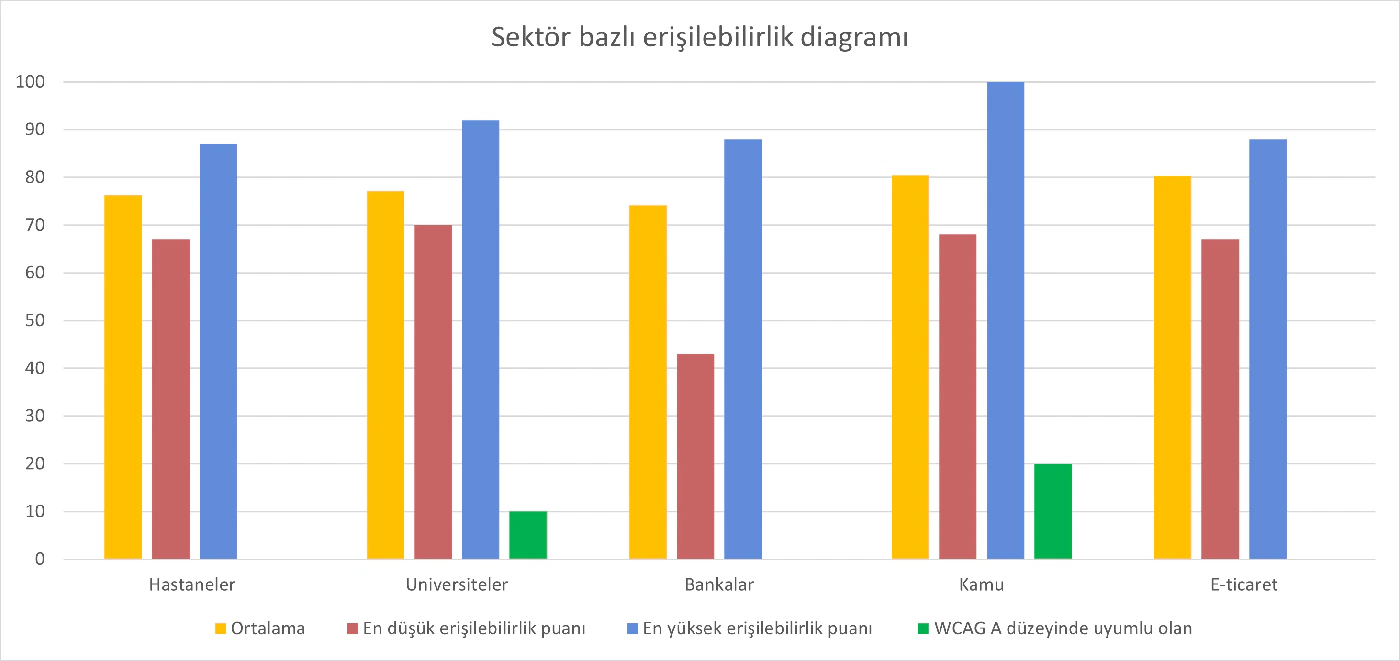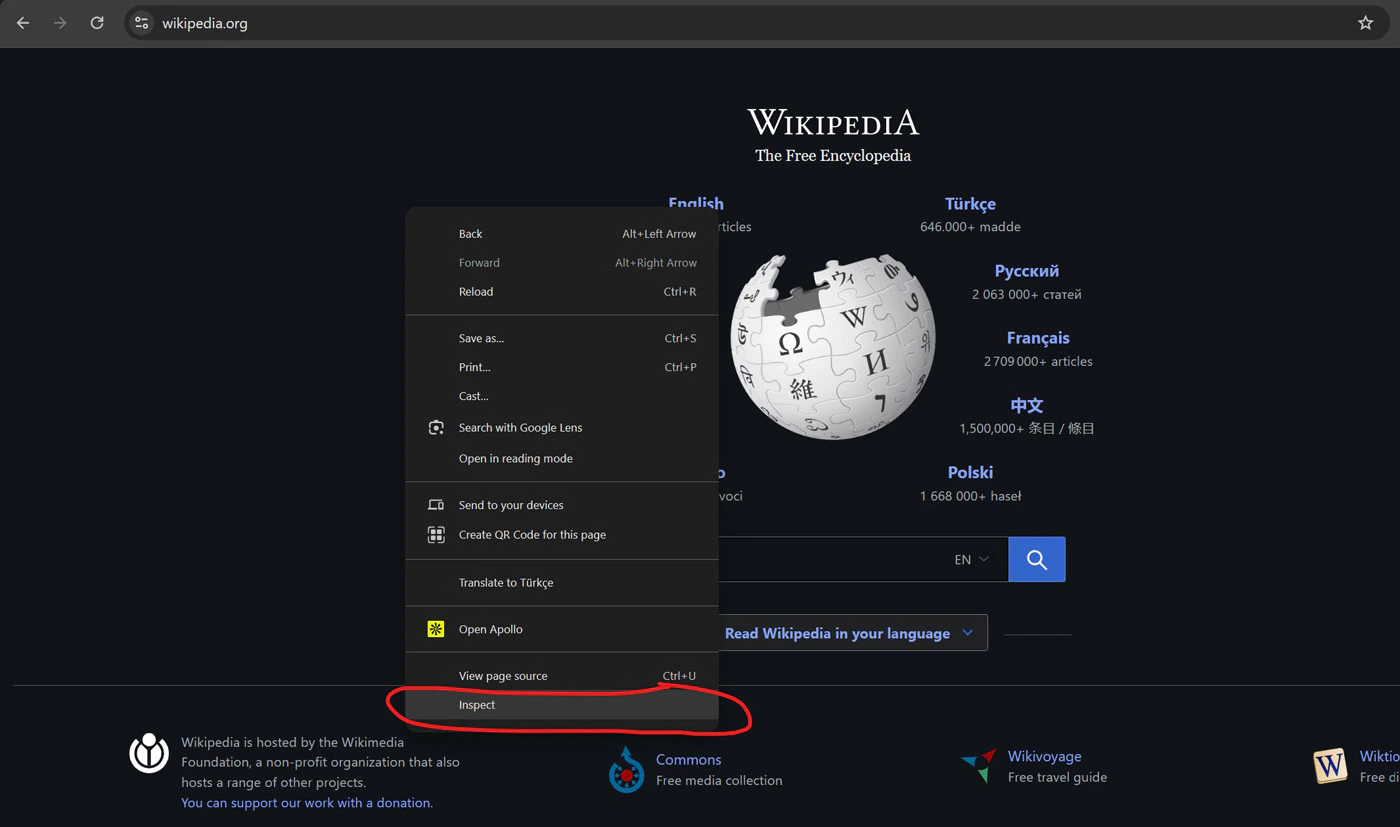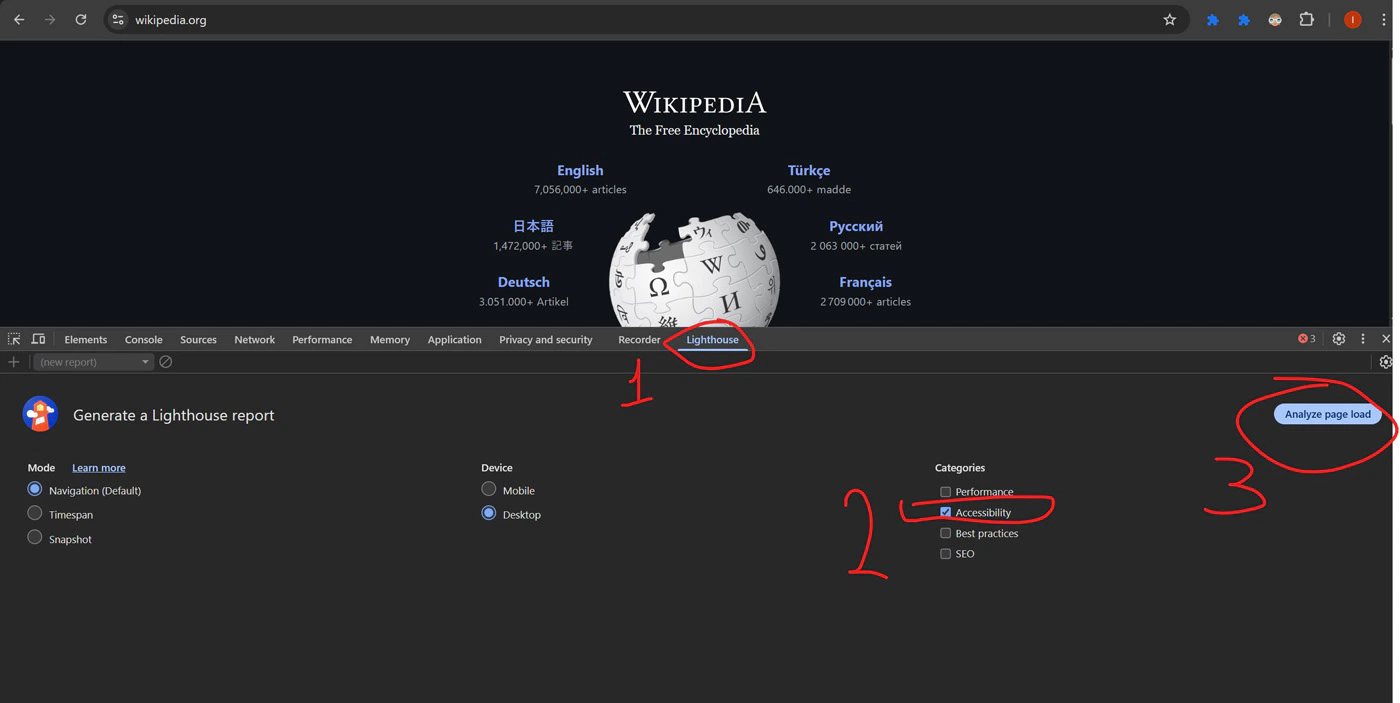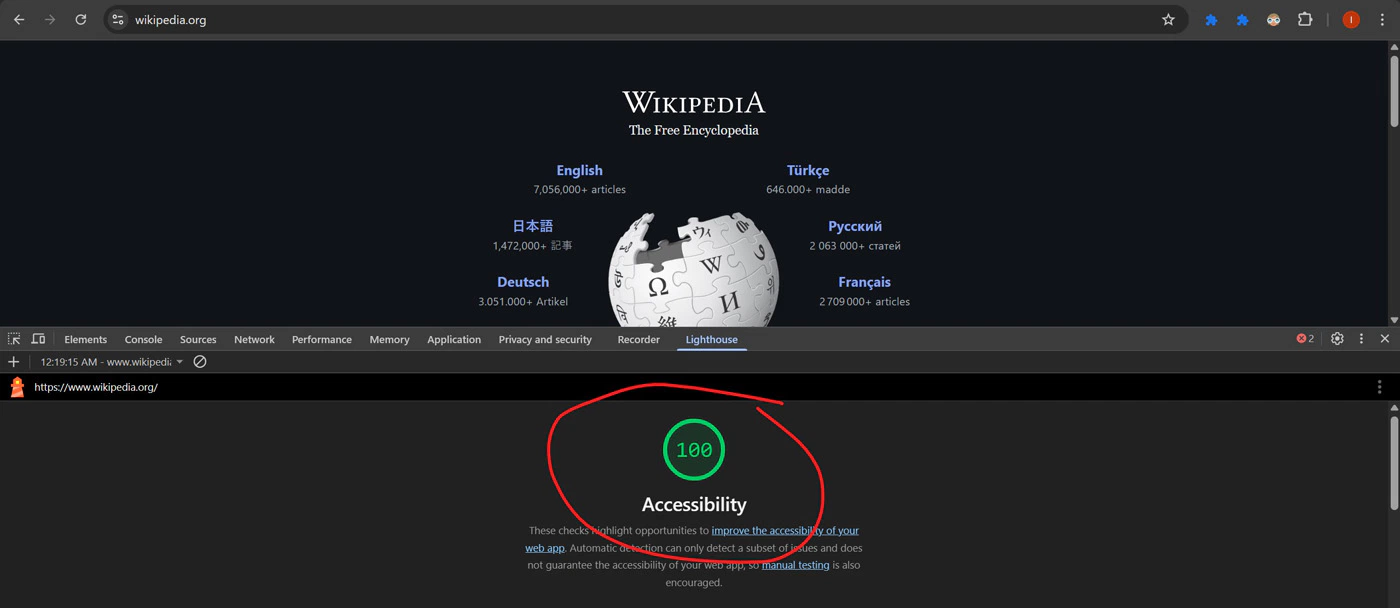Accessibility is quickly becoming one of the most important conversations in the digital world. Much like sustainability, it’s more than just a buzzword—it’s about creating fairness and equality. From individuals to businesses, and from public institutions to global organizations, accessibility has become a shared responsibility. After all, who wouldn’t want their products and services to be usable by everyone?
And accessibility goes far beyond disability. Picture this: you try to take the subway, but you’re not allowed to board. Or you walk into a supermarket, only to find you’re not permitted to buy the same products as everyone else. Or imagine waking up one morning to discover your entire city is suddenly speaking a language you don’t understand. Each of these scenarios highlights the frustration of being excluded—and that’s exactly what digital inaccessibility feels like.
To prevent this kind of exclusion, the Web Content Accessibility Guidelines (WCAG) were created. These globally recognized standards set the technical rules that ensure websites and digital content can be used by all people, regardless of ability.
Accessibility isn’t just an idea—it’s measurable. With tools approved by trusted organizations like Google, anyone can check a website’s accessibility score in just a couple of minutes.
Here’s how it works:
A score of 90 or higher (out of 100) typically indicates compliance with WCAG at the “A” level.
Higher levels of compliance—“AA” and “AAA”—represent even stronger accessibility.
At Corpowid, we wanted to see how different industries are performing. We analyzed 50 websites across five sectors: hospitals, universities, banks, government institutions, and e-commerce. Each category included a mix of leading organizations, smaller players, and randomly chosen examples.

The findings were striking: only 3 out of 50 websites—just 6%—met accessibility requirements. Those that did came from the government and university sectors.
What surprised us most? Some of the websites that failed the test were already using so-called “accessibility plugins.” This showed us something important: not all plugins actually make your site accessible. So, how can you find out where your site stands? The good news is you can test it yourself with free tools like Google Lighthouse or PageSpeed:
Open your website in Chrome, right-click, and choose Inspect.

In the panel, click on the Lighthouse tab, select Accessibility, and hit Analyze.

In about a minute, you’ll get your accessibility score.

This is a quick and easy way to get a snapshot, though more advanced reporting tools can provide deeper insights. Our goal here isn’t to point fingers at any specific solution, but to raise awareness—because the truth is, many organizations, even those serving people with disabilities, aren’t aware that their own websites fall short.
We also wanted to share why Corpowid is different. We’re not just another plugin that adds visual adjustments. Our advanced AI technology continuously scans your site, automatically fixes code-level accessibility issues, and ensures ongoing compliance with WCAG standards. In other words, we don’t just make your site look accessible—we make sure it truly is accessible and compliant.
That’s what sets us apart. If you want your website to be accessible to everyone—and to stay compliant with accessibility regulations—we’d love to help.
